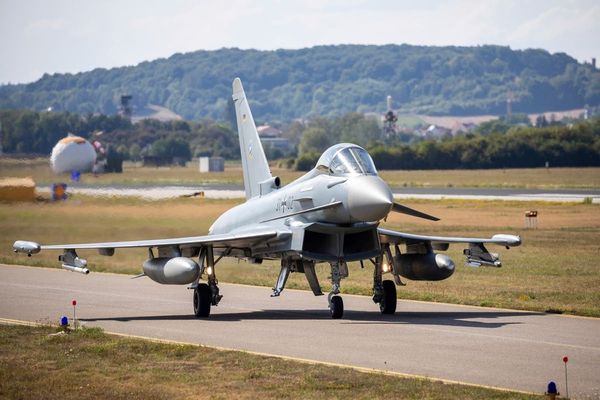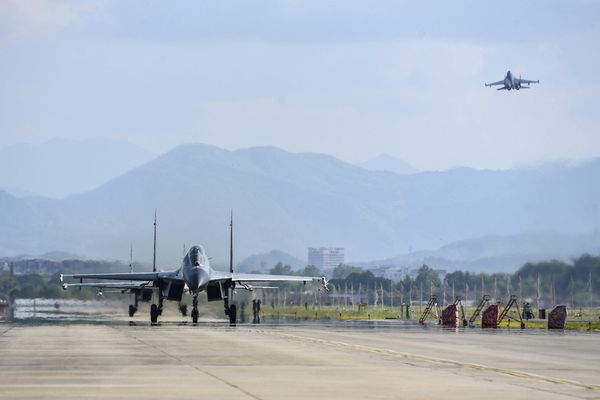The joint development of a next-generation fighter jet for Japan and the United Kingdom will likely involve a common airframe, The Yomiuri Shimbun has learned.
Arrangements to integrate the development plans are in the final stages, according to sources.
The two governments have made the decision after concluding that jointly developing a common airframe could reduce costs because the performance requirements for both the Air Self-Defense Force and the Royal Air Force are almost identical, according to several government sources.
The Japanese government will include the related costs in the budget request for the fiscal year starting April 2023 and decide on the development overview by the end of this year.
Japan plans to introduce the next-generation fighter in the mid-2030s, when the F-2 fighter jet will start to be taken out of service. The aim is to develop a stealth aircraft, equipped with high-performance radar and sensors, capable of operating with a large number of drones in combat.
Initially, Japan sought support for the new fighter from U.S. defense contractor Lockheed Martin Corp., but there were difficulties with the arrangements.
The United Kingdom previously had a plan to work with Italy and Sweden to develop the Tempest as the successor to its mainstay Eurofighter Typhoon, with deployment envisaged by 2035.
Subsequently, Tokyo and London agreed that it would be appropriate for the two governments to develop the same fuselage because they seek almost the same performance requirements for the aircraft, which will also be developed around the same time frame. The joint effort is also expected to reduce costs that are estimated to exceed 1 trillion yen and improve production efficiency.
Italy is also considering taking part in the Japan-U.K. joint project. Lockheed Martin's involvement is expected to be limited to ensuring interoperability with U.S. military aircraft.
Mitsubishi Heavy Industries, Ltd. and BAE Systems PLC, a major British aircraft and defense company, will likely take the lead in the development, overseeing the design of the airframe and overall system. Italian aircraft and defense giant Leonardo S.p.A. may also join the project. Mitsubishi Electric Corp. and Leonardo's U.K. subsidiary are expected to produce the radar. Major Japanese heavy industrial company IHI Corp. and Rolls-Royce PLC will be in charge of engine development, while an Italian company is also considering its participation in the project.
The United Kingdom jointly developed the Eurofighter Typhoon with countries such as Germany and Italy. This fighter jet has been exported to countries from Austria to Saudi Arabia.
With a view to exporting the next-generation fighter, the Japanese government will intensify discussions on revising the operational guidelines for the Three Principles on Transfer of Defense Equipment and Technology.
Under the operational guidelines, Japan allows the overseas transfer of defense equipment, including parts, to countries with which it has cooperative security relationships. However, the purposes are limited mainly to rescue, transportation, warning and surveillance operations, and the export of finished products such as fighters and destroyers is restricted.
Taking this into consideration, the government is considering stipulating a plan to review the operational guidelines in the National Security Strategy, which is scheduled to be revised at the end of the year.
Read more from The Japan News at https://japannews.yomiuri.co.jp/










